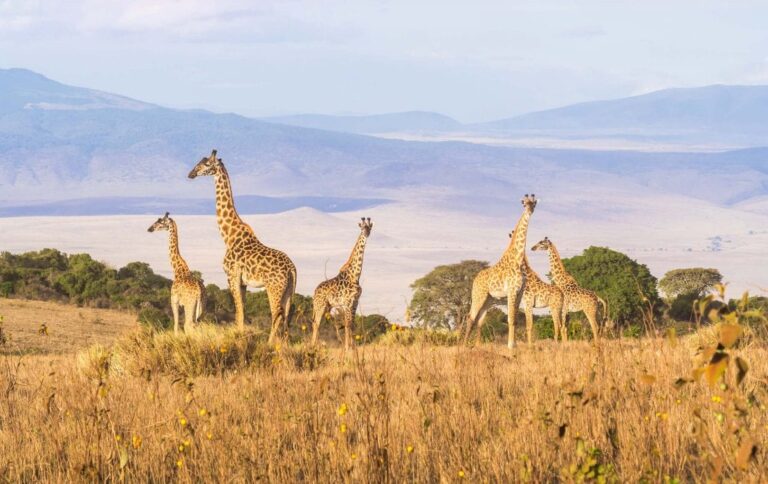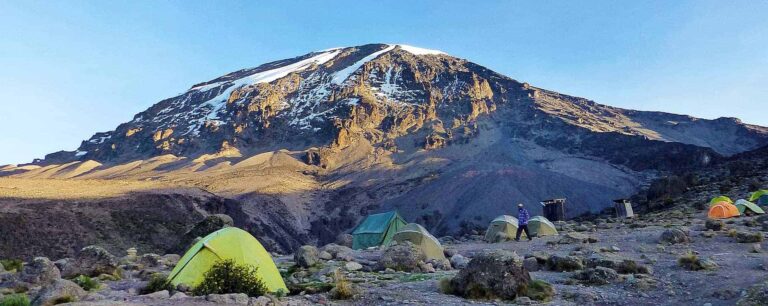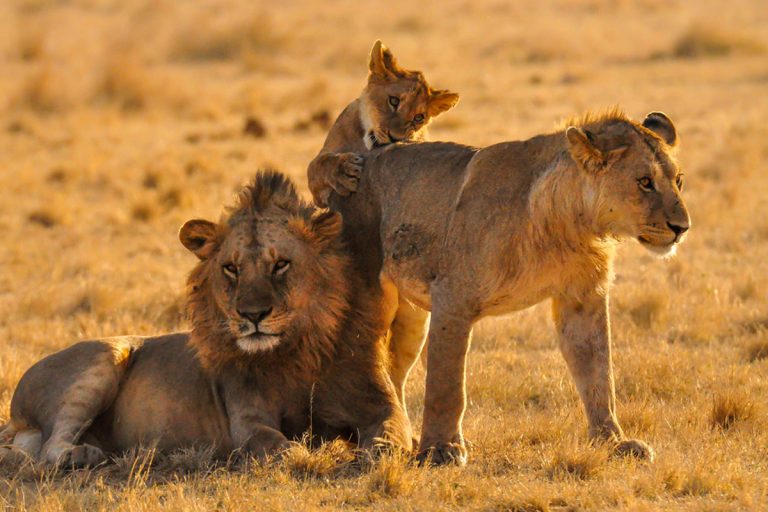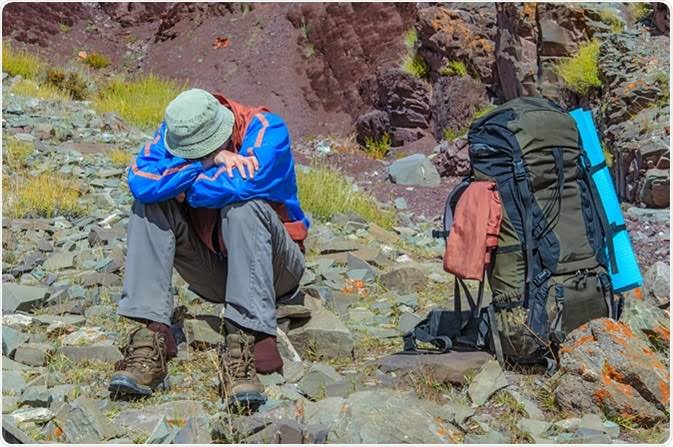Serengeti National Park, located in northern Tanzania, is one of Africa’s most renowned wildlife reserves. Spanning approximately 14,750 square kilometers (5,700 square miles), it extends from the eastern edge of Lake Victoria to the western border of the Great Rift Valley, forming part of the larger Serengeti ecosystem that includes Kenya’s Maasai Mara. The park’s name, derived from the Maasai language, means “endless plains,” aptly describing its vast, treeless grassland that stretches as far as the eye can see.
The climate in Serengeti National Park is characterized by two main seasons: the dry season and the wet season. The dry season, from late June to October, is marked by warm, sunny days and cool nights, with temperatures ranging from 15°C (59°F) at night to 30°C (86°F) during the day. The wet season is divided into the short rains (November to December) and the long rains (March to May). During the wet season, temperatures are slightly higher, and the landscape transforms into a lush, green haven, although some areas may become inaccessible due to heavy rainfall.
The Serengeti is famed for its extraordinary biodiversity and the annual Great Migration, where over 1.5 million wildebeest, along with hundreds of thousands of zebras and gazelles, traverse the plains in search of fresh grazing. This spectacle also attracts numerous predators, including lions, cheetahs, leopards, and hyenas, offering unparalleled wildlife viewing opportunities. Besides the iconic migration, visitors can encounter a myriad of other species such as elephants, giraffes, buffaloes, and an array of birdlife, making the park a year-round safari destination.
The best time to visit Serengeti National Park largely depends on what wildlife events you wish to witness. For those aiming to see the Great Migration, late June to October is ideal, as this period coincides with the movement of the herds across the Mara River into the Maasai Mara. However, for a more tranquil experience with abundant wildlife and fewer tourists, the shoulder months of January to February are excellent. During this time, the calving season occurs, providing opportunities to see newborns and predator action. Conversely, the wet season (March to May) offers lush landscapes and bird watching, though some areas may be less accessible.







